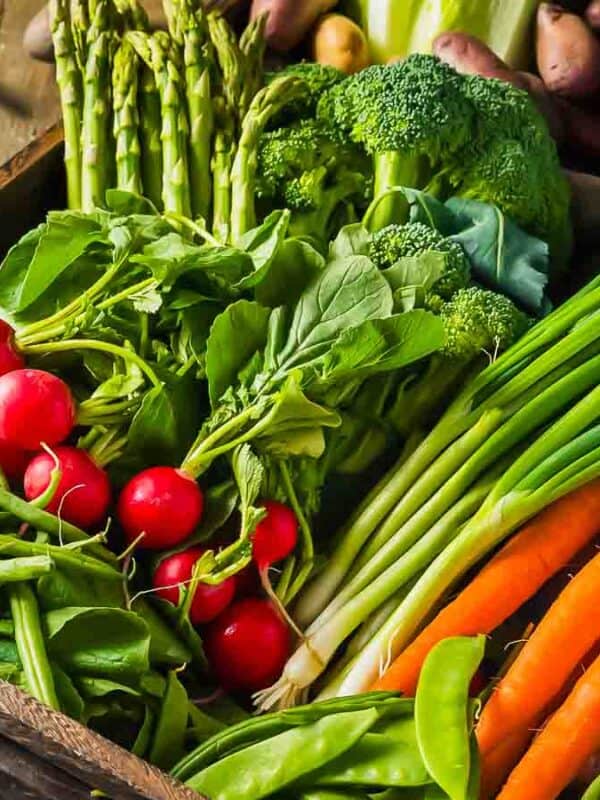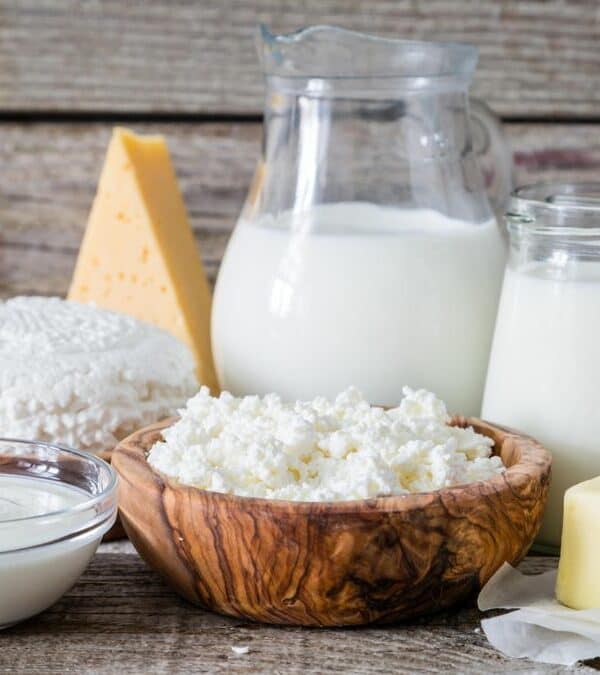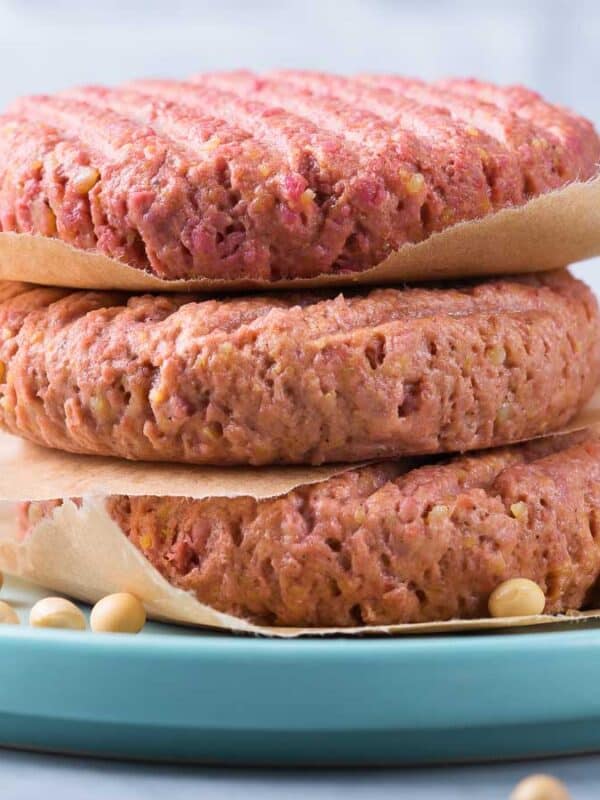When it comes to what we eat, not everything on our plates is as safe as it appears. Despite their popularity or even the health benefits they’re touted for, some foods carry hidden risks that might surprise you. In this article, we’ll uncover ten common foods that food safety experts suggest you might want to avoid or handle with extra care. From everyday groceries to the occasional indulgence, find out what’s lurking in your kitchen that could be doing more harm than good.
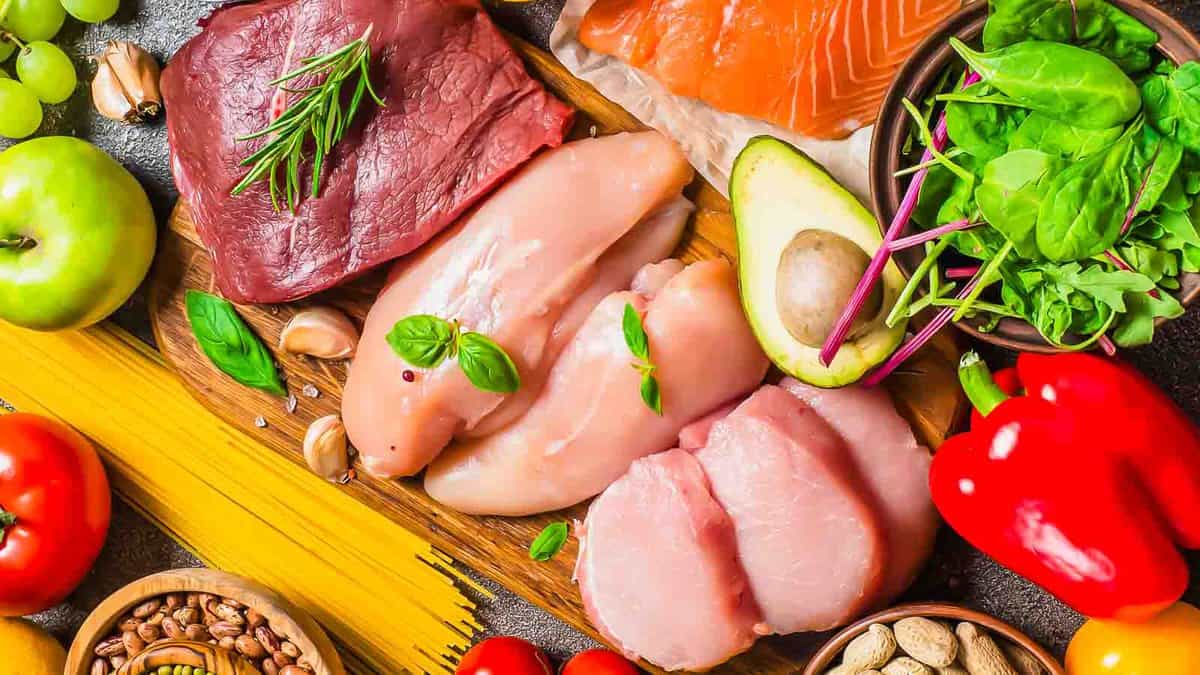
Pre-cut Fruits & Veggies
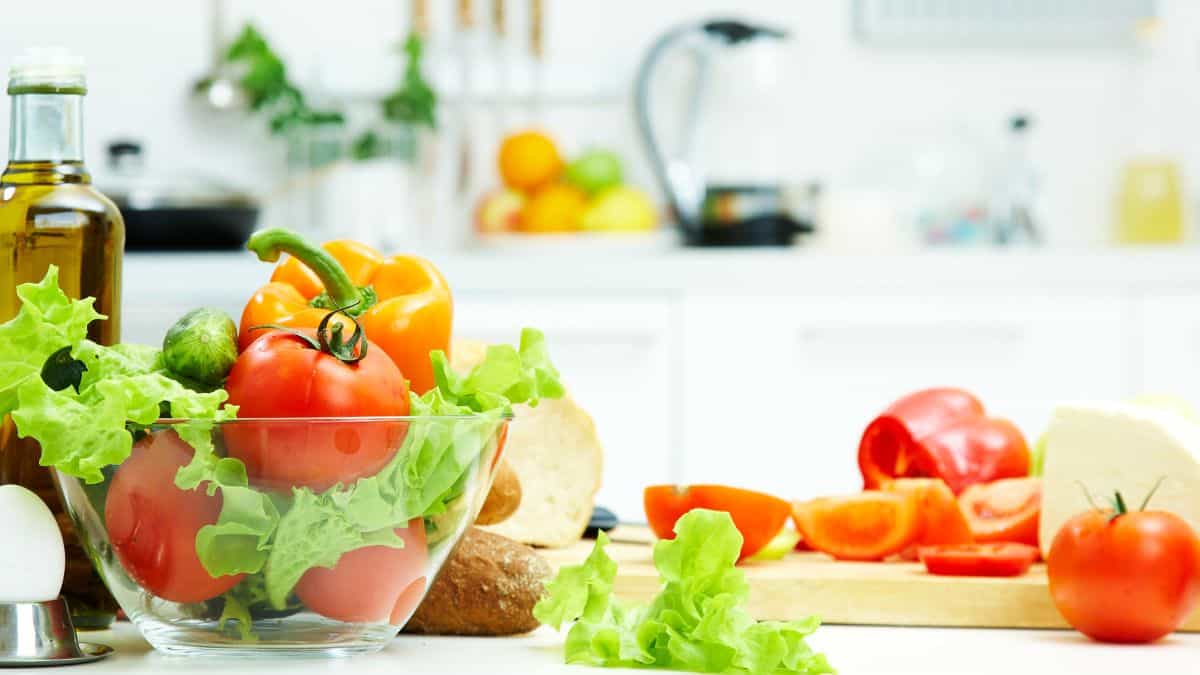
Pre-cut fruits and veggies from the grocery store are admittedly a huge convenience, especially for party prep and summer picnics but they’re also whispering warnings of possible bacterial hitchhikers due to the extra handling. It’s not only much more cost effective to slice the fruit yourself, it’s safer from a bacteria standpoint as well.
Raw Sprouts
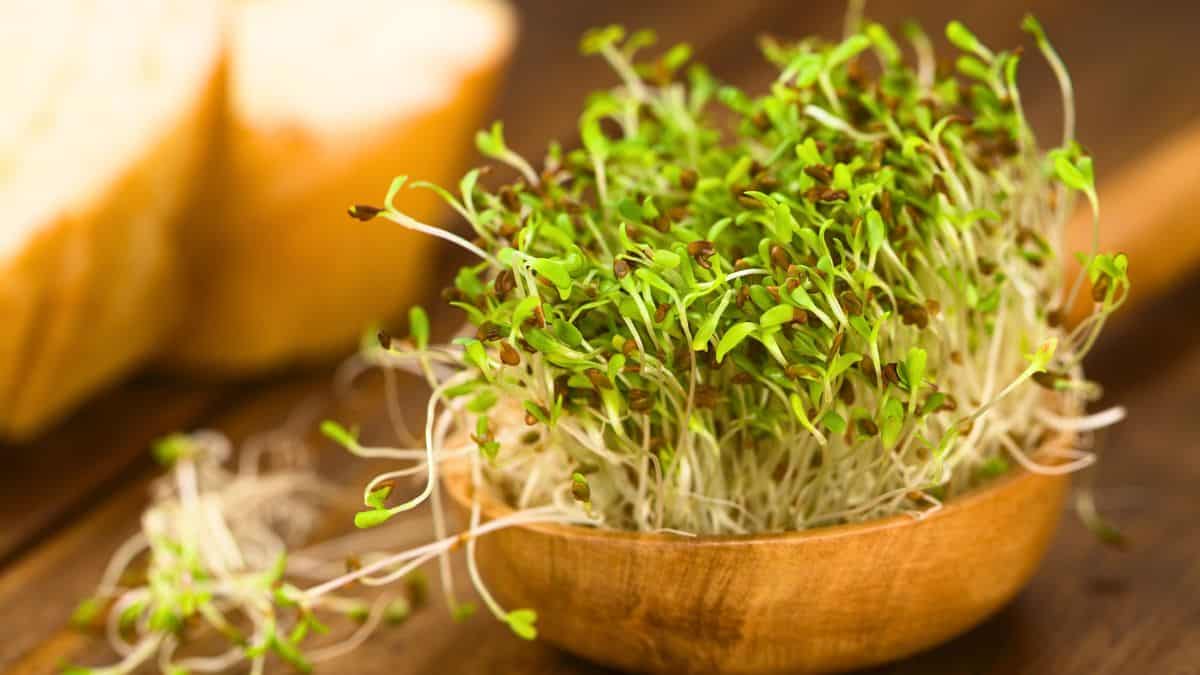
Those crunchy raw sprouts might seem like a healthy add-on, but they can play host to some not-so-welcome guests like E. coli and Salmonella. Both bacteria love the same warm, humid conditions sprouts grow in. Cooking them thoroughly in a stir-fry kills off the potential harm so you can still enjoy the health benefits they offer.
Raw Unpasteurized Milk

Raw milk is having a moment lately and making its way into select grocery stores under the guise of “for animal consumption.” While it may be tempting to get in on this trend with its purported health benefits, drinking unpasteurized milk can be an open invitation to allowing bacteria into your gut. Stick with pasteurized milk if you want to play it safe.
Hot Food Bars

Hot food bars and their salad bar counterparts can be a minefield of bacteria if not kept at the right temps, not to mention the cross-contamination options. They’re convenient but do you really trust the grocery store employee to be monitoring the temperature for dozens of trays? Cooking at home or grabbing something freshly made is a much safer option. Plus, those hot bars are not cheap!
Raw Mollusks

Sucking down raw oysters might feel fancy and is a great way to get in some zinc, but you could be slurping up viruses and bacteria with them. Stick to cooked clams, oysters and scallops rather than ordering the raw seafood tower next time you’re out. They’re still delicious steamed or grilled and a heck of a lot safer to eat.
Steak Tartare
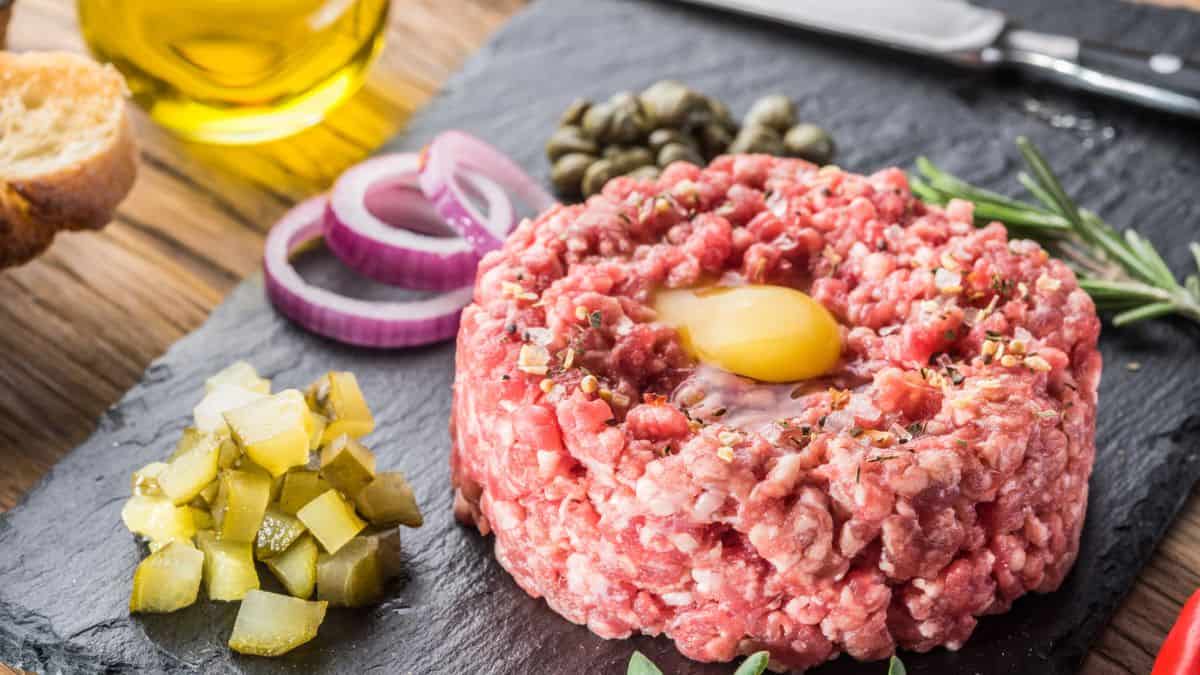
Steak tartare might sound fancy, but it’s a bit like playing roulette with Salmonella and E. coli. Go for a steak cooked to perfection, maybe even minced and seasoned to mimic tartare vibes, minus the microbial mischief.
Raw Eggs

While many of us aren’t downing raw eggs by themselves, this can be a problem for those of us who love licking the bowl when baking. Pasteurized eggs take away a lot of the concern but your best bet is to just wait until your sweet treat is baked through before tasting!
Ordering Anything “Rare” at a Restaurant

Ordering your meal rare at a restaurant might be your preference, but it’s an easy way of flirting with food-borne pathogens and parasites. High heat is the only thing that can get rid of them so a rare steak isn’t the smartest move. To keep things safe, ask for your dish to be cooked medium.
Raw Flour

Raw flour’s got a dirty little secret: E. coli. Since it doesn’t get a clean-up before hitting your kitchen, baking or cooking your creations is a must. Want to indulge in some raw cookie dough vibes? Look for recipes using heat-treated flour, so you can have your (safe) dough and eat it too.
Anything from a Damaged Can

Eating from a dented or bulging can is basically rolling out the red carpet for botulism. Not the kind of guest you want at your dinner table. Make sure any canned food you’re eating is in pristine shape and when in doubt, toss it. Thankfully, canned food is pretty inexpensive because it’s just not worth the risk.
12 Foods Containing The Most Pesticides That You Should Buy Organic

It turns out that the crunch of an apple or the sweetness of strawberries might come with an unwanted extra: pesticides. These chemicals, aimed at keeping pests and diseases at bay, tend to linger more on some fruits and veggies than others. Every year, the Environmental Working Group (EWG) lists the “dirtiest,” most heavily sprayed foods. Here’s what to avoid this year or choose their organic counterparts.
Read it Here: 12 Foods Containing The Most Pesticides That You Should Buy Organic
15 Foods You Want To Eat Raw To Get The Most Benefits

When it comes to what we eat, sometimes simpler is better. Raw foods often hold more nutrients and enzymes than their cooked counterparts, offering a boost to your health that cooking might diminish. Find out which foods make the most sense to enjoy raw and what benefits you’ll enjoy if you do.
Read it Here: 15 Foods You Want To Eat Raw To Get The Most Benefits
Select images provided by Depositphotos.
Gina Matsoukas is an AP syndicated writer. She is the founder, photographer and recipe developer of Running to the Kitchen — a food website focused on providing healthy, wholesome recipes using fresh and seasonal ingredients. Her work has been featured in numerous media outlets both digital and print, including MSN, Huffington post, Buzzfeed, Women’s Health and Food Network.
